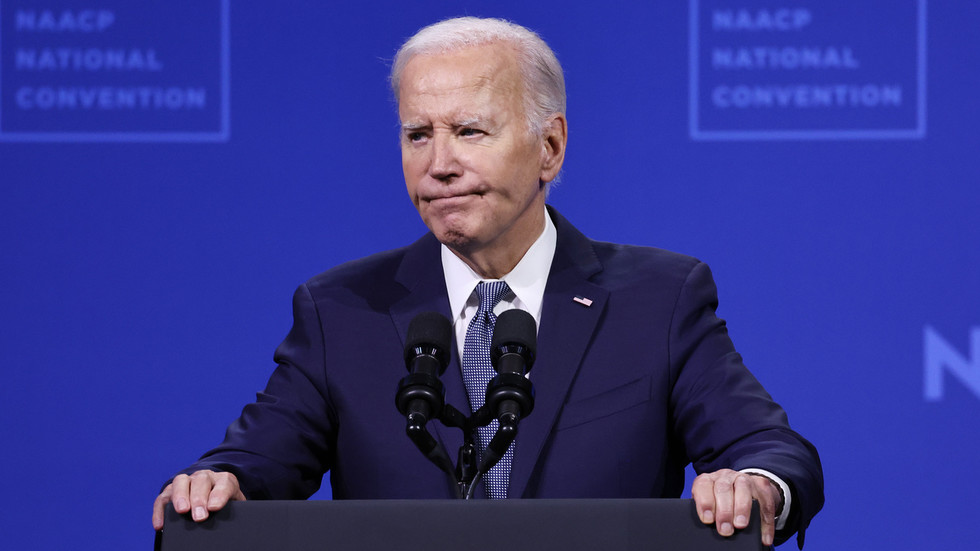30-year-old Caspar Lee was once a YouTube megastar and is now a serial entrepreneur.
Caspar Lee
Caspar Lee belongs to a crop of content creators who found early success on YouTube back in the 2010s, commanding millions of views on the platform.
The 30-year-old serial entrepreneur, who was born in England and raised in Knysna, a town in South Africa, said he lucked out on the YouTube scene after restarting his channel three times. He racked up over 6 million subscribers through a range of comedic videos, including pranks and challenges.
He credits his success to collaborating with other famous YouTubers from the likes of Zoe Sugg, Marcus Butler, Joe Sugg, MrBeast and KSI.
The YouTube sensation also featured celebrities like Ed Sheeran, Justin Timberlake, Anna Kendrick and Kevin Hart in his videos and gained anywhere between 1 to 18 million views for each.
"I was lucky to be part of a group of individuals who all came up together, so I never necessarily had talents I don't think, other than the fact that I was able to collaborate with some amazing people and hopefully make my audience laugh along the way," Lee said in an interview with CNBC Make It.
"It was a very exciting time. I think I was 20 years old when I started to get millions of views and looking back, it was just the dawn of this whole creator economy, and I didn't really know what that was at the time. I don't think any of us did. We were just having a bunch of fun."
The creator economy refers to people making an income by monetizing their skills, talents and hobbies online. And it's a booming industry estimated to grow to $480 million by 2027, up from $250 billion in 2023, per a Goldman Sachs report.
I always wanted to do something outside of YouTube, because I knew in my 30s and 40s, I didn't want to necessarily just be relying on that.
Being a YouTuber can be a lucrative career. Lee said creators with millions of subscribers can typically make millions of dollars a year by joining the YouTube Partner Program and earning money through Google-placed ads in their videos.
MrBeast, an American YouTube personality with the most subscribers in the world, rakes in $600 million to $700 million a year through his channel.
However, just as he was at the peak of his career in 2019, Lee stepped away from YouTube, leaving his fans to wonder why he had quit.
"It's really hard to maintain an audience of that level," Lee said. "It probably comes across [as] easy, but as YouTube progressed, it became more and more competitive," he added.
"I always wanted to do something outside of YouTube, because I knew in my 30s and 40s, I didn't want to necessarily just be relying on that."
Lee, who started dipping his toe into entrepreneurship during his YouTube days, has made a full-time pivot into business and launched a portfolio of companies in the creator economy.
"Just like when I started YouTube, when there weren't that many doing it, I wanted to start this next thing before too many people were doing it. In business, that's a useful strategy to have," he said.
'Creators are natural entrepreneurs'
Lee said he believes that "creators are natural entrepreneurs' because they're already serving a customer-base — their audience."
He added: "Being a creator is very transparent. People see how well you do every single day and like running a public company, not that I do, but if you do, it's tough, because you have people checking on how your stocks are doing and so I think there is that pressure."
Lee said his first venture into entrepreneurship was when in 2017 he co-founded the influencer marketing company Influencer.com, alongside Ben Jeffries. Lee is also its chief vision officer.
He then went into business with fellow YouTuber Joe Suggs and together they established the talent management company MVE in 2018 in partnership with IMG and Endeavor Group.
Lee co-founded a venture capital firm Creator Ventures with his cousin Sasha Kaletsky in 2022.
Caspar Lee
Thereafter, Lee co-founded Proper Living — accommodation in Cape Town for students and young professionals.
"In my life, I've managed to surround myself with people, and I'll take any call, I'll do any meeting, and I'm ready to do a good idea if it presents itself," Lee said.
Lee was recognized on the Forbes "30 Under 30" list in Europe in 2020 for his work with Influencer.com.
His most successful venture yet has been in collaboration with his cousin Sasha Kaletsky — a former private equity investment professional at Bridgepoint.
Lee and Kaletsky co-founded the London-based venture capital firm Creator Ventures in 2022, which closed on its first $20 million fund in March of the same year to invest in global consumer-internet startups. This includes the artificial intelligence language learning app Praktika, which has raised $35.5 million to date.
Other clients range from Beehiiv, a newsletter platform for creators, and Eleven Labs, a text-to-speech, AI voice generator.
Creator Ventures is set to raise its second round of funds in the next few months.
Creators shouldn't rely on their fame
Creators who want to be successful as entrepreneurs have to build businesses that can stand on their own without relying on their fame, Lee said.
"What's so important with those businesses and very similar to my business is it can only go so far with that kind of leg up it gets from the creator. You actually have to build a good business delivering amazing services for your clients," he said.
"They need to be able to not rely on their own relevancy for it to continuously work."
TikTok darling Addison Rae, who has over 88 million followers, had her cosmetics brand Item Beauty dropped by Sephora in 2023 due to faltering sales after only two years.
Separately, Instagrammer Ariana Renee failed to sell 36 t-shirts to her 2.6 million followers during an initial drop for her clothing line in 2019.
"You don't want to create fake traction and that's not going to actually help you when you're launching a business because you might get some initial revenue, but if the traction is only there because people love the YouTube videos you make, but they don't necessarily love the toilet paper you're selling, you'll be able to sell it for a few months or as long as you're relevant on YouTube, and to only a certain sized audience," Lee said.
"But if you actually have real traction then you can go to the entire toilet paper-buying world."

.png) 5 months ago
21
5 months ago
21







